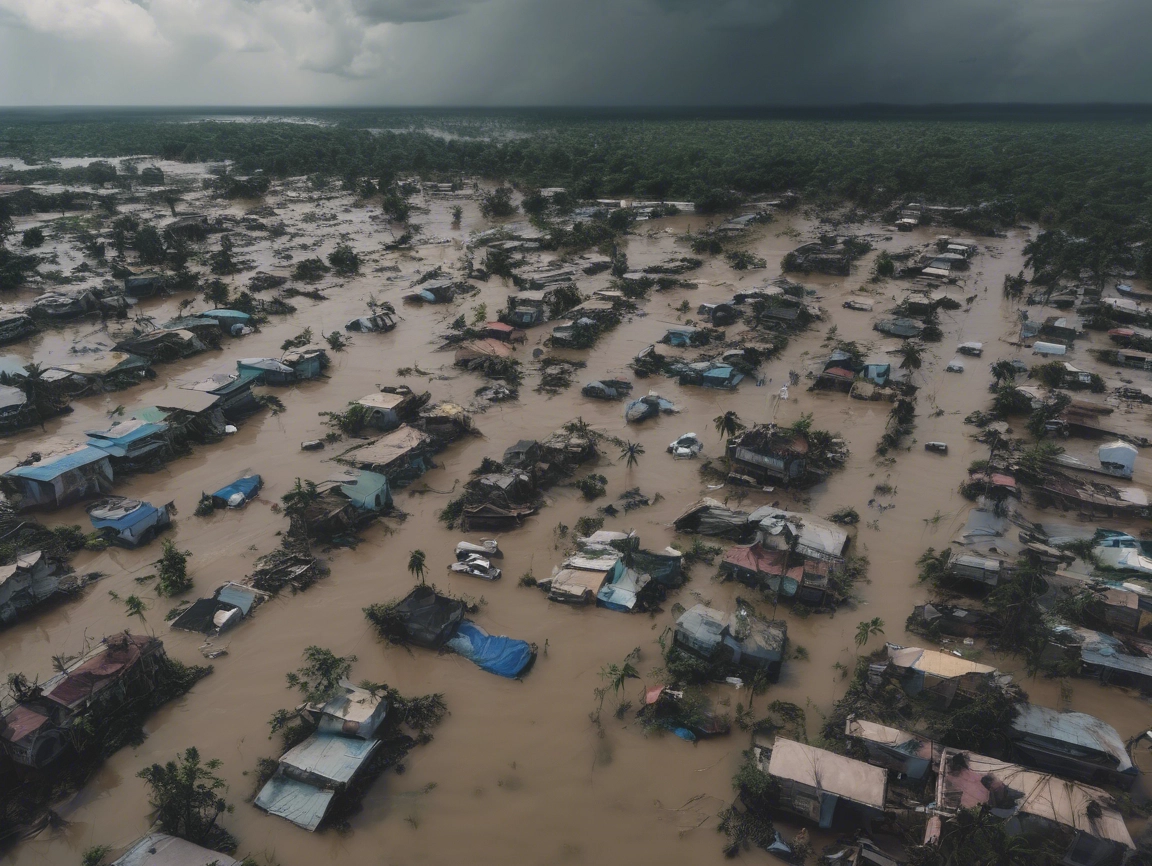
Revolutionising Disaster Relief with AI: Government Strategies in India
- admin
- June 15, 2025
- Government, India
- Ai, Artificial Intelligence
- 0 Comments
Key Highlights:
- The Indian government is leveraging Artificial Intelligence (AI) to enhance disaster management efforts, focusing on prediction, response, and efficient resource allocation.
- Key initiatives include AI-powered flood forecasting, seismic activity analysis, and real-time resource management systems.
- Public-private collaborations and investments in AI infrastructure are enabling more effective disaster preparedness and response across the country.
AI’s Role in Disaster Relief Coordination
Disasters—natural or man-made—pose significant challenges to timely response and resource management. Recognizing this, the Indian government is utilizing AI to transform disaster management by improving early warning systems, optimizing resource allocation, and enhancing overall coordination during emergencies.
AI-Driven Applications in Disaster Management
Predictive Analytics for Natural Disasters
AI is being used to analyze vast datasets for early warning systems and disaster prediction:
- Flood Prediction: Tools like Google’s Flood Forecasting Initiative combine AI with hydrological models and weather data to provide accurate flood alerts, helping authorities prepare and respond effectively.
- Earthquake Monitoring: AI models analyze seismic activity and historical patterns to identify potential risks, enabling timely interventions and better resource planning.
Optimized Resource Allocation
AI enhances the efficiency of resource distribution and ensures effective management during emergencies:
- Automated Alerts: AI-driven systems send real-time alerts to emergency responders and affected populations, aiding evacuation and relief efforts.
- Intelligent Planning: AI tools prioritize resources based on the severity of the situation and location-specific needs, ensuring aid reaches affected areas quickly.
Monitoring Infrastructure Integrity
AI supports the maintenance and monitoring of critical infrastructure in disaster-prone areas:
- Real-Time Assessments: AI-powered systems assess the structural integrity of buildings, bridges, and dams, identifying vulnerabilities before disasters strike.
- Proactive Maintenance: These insights allow for preventive measures, reducing risks and enhancing public safety.
Government Initiatives in AI for Disaster Management
National Disaster Management Authority (NDMA)
The NDMA is incorporating AI into its disaster preparedness and response strategies:
- Flood Management Systems: AI tools are deployed in states like Kerala and Assam to improve flood forecasting and early warning systems.
- Capacity Building: The authority is training disaster management teams to utilize AI-driven tools for better decision-making.
Public-Private Collaborations
The Indian government collaborates with private technology companies to develop AI-driven solutions:
- Tech Partnerships: Collaborations with firms like Google and Microsoft support the creation of AI tools tailored to India’s unique challenges.
- Community-Based Solutions: These partnerships also focus on educating local communities about AI applications in disaster management.
Benefits of AI in Disaster Relief
- Improved Accuracy in Predictions:
AI provides more precise predictions for natural disasters, reducing uncertainty and enabling better preparedness. - Faster Response Times:
Real-time data analysis helps authorities make quick decisions, minimizing the impact of disasters on lives and property. - Cost-Effective Resource Use:
AI ensures optimal utilization of resources, saving costs and maximizing the efficiency of disaster relief efforts. - Enhanced Public Safety:
By proactively identifying risks, AI-driven systems improve safety and reduce vulnerabilities in disaster-prone areas.
Challenges and the Road Ahead
While AI has proven transformative, its adoption in disaster management faces challenges:
- Data Quality and Availability: Accurate and comprehensive data is essential for AI tools to deliver reliable predictions and insights.
- Infrastructure Gaps: Limited technological infrastructure in remote areas hinders the full implementation of AI-driven solutions.
- Ethical Considerations: Ensuring data privacy and addressing biases in AI systems are critical for maintaining public trust.
The government’s continued investment in digital infrastructure and policies supporting ethical AI use will be crucial in overcoming these barriers.
A Smarter Approach to Disaster Management
India’s adoption of AI in disaster relief coordination reflects a forward-thinking approach to tackling emergencies. By integrating AI into early warning systems, resource management, and infrastructure monitoring, the government is enhancing its ability to respond effectively to disasters. As AI technology advances, its role in disaster management will become even more vital, helping to safeguard lives and ensure resilience against future challenges.

